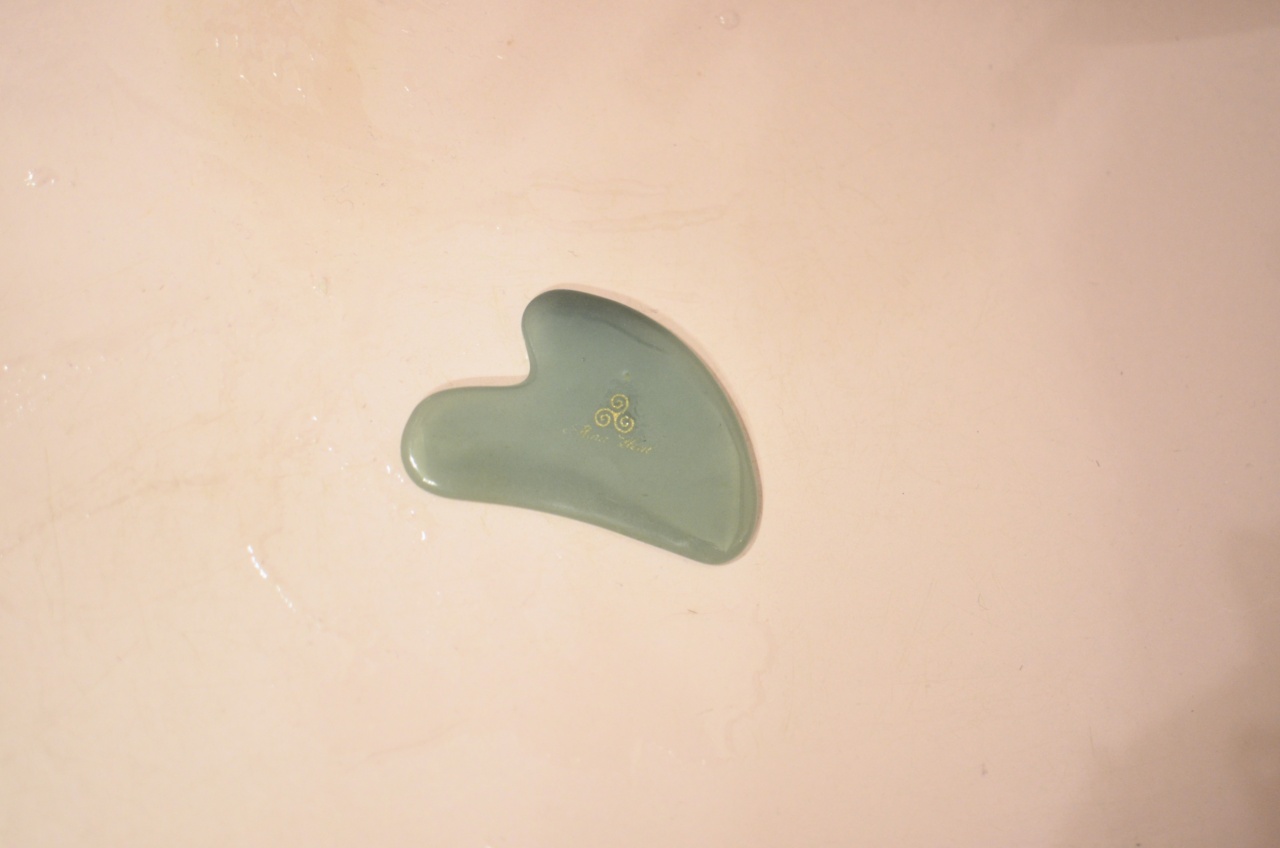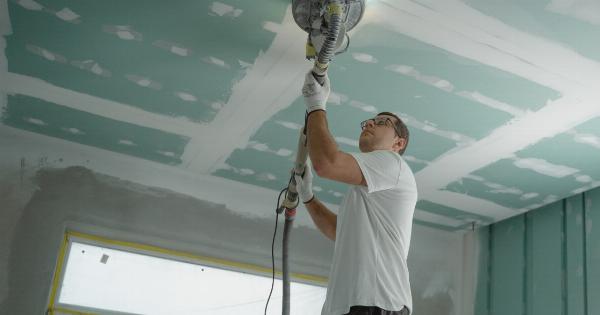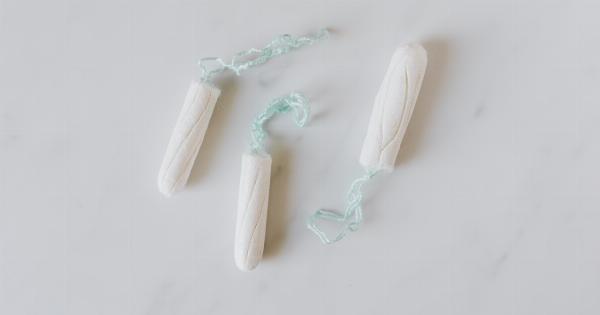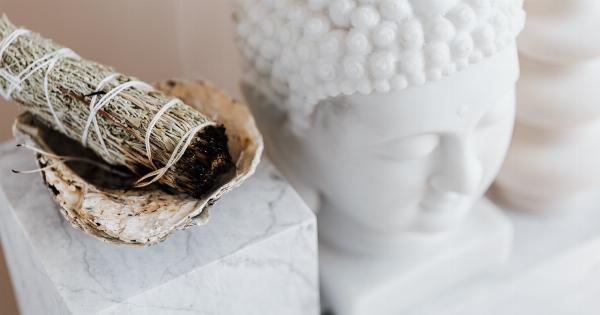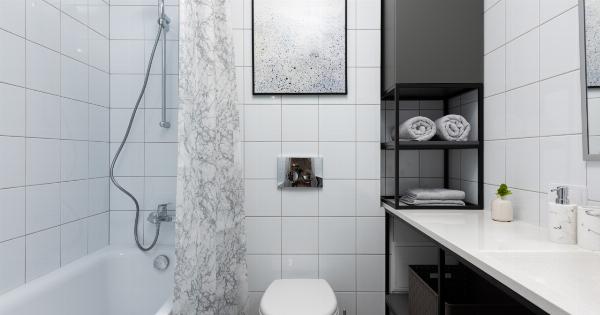Our homes should be a safe and clean haven where we can relax and unwind. However, there are many objects in our homes that often go unnoticed and harbor an abundance of dirt, grime, and bacteria.
In this article, we will shed light on the most filthy objects lurking in your home, and provide tips on how to effectively scrub away the grime.
The Kitchen Sponge
While the kitchen sponge may seem harmless, it is actually teeming with germs and bacteria. Studies have shown that sponges can harbor millions of bacteria, including E. coli, salmonella, and even fecal matter.
It is important to regularly sanitize your sponge by microwaving it on high for one minute or running it through the dishwasher.
Toothbrush Holder
The toothbrush holder is another commonly neglected object when it comes to cleaning. It accumulates toothpaste residue, saliva, and airborne bacteria every time a toothbrush is placed back in it.
To keep it clean, you should regularly remove all toothbrushes, wash the holder with hot soapy water, and let it air dry thoroughly.
TV Remote Control
The TV remote control is handled by everyone in the household and rarely gets cleaned. However, it harbors a variety of bacteria, including cold and flu viruses.
To clean your remote, remove the batteries, then wipe it down with a cloth soaked in a mixture of water and alcohol. Pay extra attention to the buttons and crevices.
Cell Phones
We carry our cell phones with us everywhere, including to some less than sanitary places. This makes them a breeding ground for bacteria.
It is important to clean your cell phone regularly by wiping it down with a microfiber cloth moistened with a mixture of water and isopropyl alcohol. Avoid spraying the liquid directly on your phone.
Computer Keyboards
Keyboards tend to accumulate crumbs, dust, and bacteria over time. To clean your keyboard, shut down your computer, unplug the keyboard, and gently turn it upside down to remove any loose debris.
Use compressed air to blow away any stubborn particles, and then wipe each key with a cloth soaked in a mixture of water and mild soap.
Bed Pillows
Although we wash our pillowcases regularly, the pillows themselves often go untouched. Over time, they can accumulate dead skin cells, dust mites, and sweat. Most pillows can be machine washed, but be sure to check the care label first.
To keep them fresh, wash your pillows at least twice a year.
Reusable Grocery Bags
Reusable grocery bags are an eco-friendly choice, but they can harbor harmful bacteria if not regularly cleaned. To clean your bags, check the care label for washing instructions. Most cloth bags can be machine washed, while some require hand washing.
Be sure to let them air dry completely before using them again.
Shower Curtain
Shower curtains are exposed to constant moisture, making them an ideal breeding ground for mold and mildew.
To clean your shower curtain, remove it from the hooks and wash it in the washing machine with a small amount of detergent and a cup of white vinegar. For plastic shower curtains, you can also wipe them down with a mixture of water and bleach.
Vacuum Cleaner
While the vacuum cleaner sucks up dirt and debris from your floors, it also collects its fair share of dirt and dust inside. To keep your vacuum cleaner in top shape, empty the canister or replace the bag regularly.
Additionally, clean the brushes, filters, and nozzles by following the manufacturer’s instructions.
Door Handles
Door handles are touched multiple times a day by everyone in the household, making them a hotbed for bacteria.
To clean your door handles effectively, wipe them down with a disinfecting wipe or with a cloth dampened with a mixture of water and rubbing alcohol. Pay extra attention to frequently touched areas, such as the doorknob.
Conclusion
Regularly cleaning and disinfecting these often overlooked objects in your home can help maintain a clean and healthy environment for you and your family.
By paying attention to these filthy objects and implementing proper cleaning routines, you can effectively scrub away the grime and ensure a safer living space.
